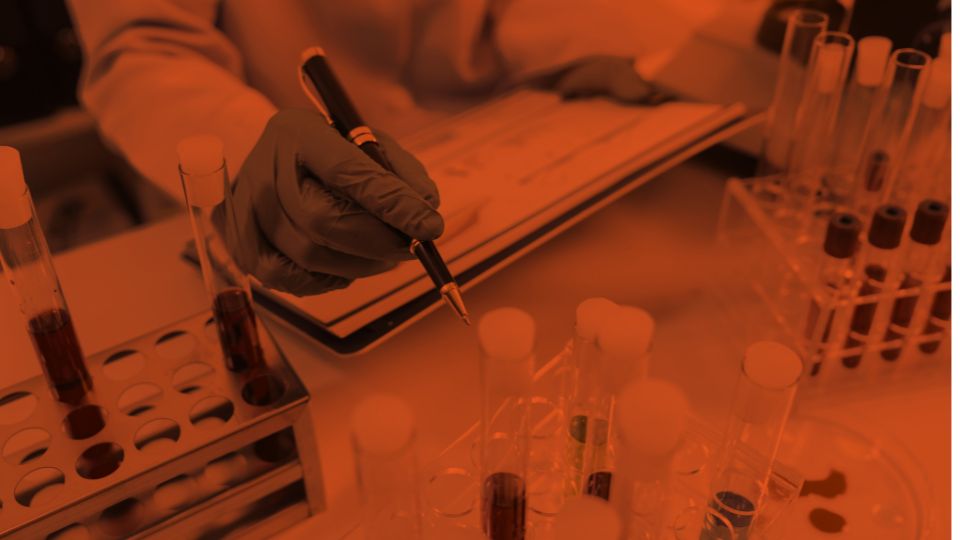Is Your Global Risk Management Proactive Enough for Modern PVG Standards?
Pharmacovigilance experts break down the current global landscape for effective management of risk profiles of pharmaceutical products given regulatory changes both globally and in the US.
Healthcare products are associated with risks that must be managed efficiently to ensure patient safety. Historically, regulators have taken a reactive stance on assessing risk and conducting safety surveillance for pharmaceutical products. However, the introduction of risk management principles through the International Conference on Harmonization (ICH) E2E guideline and the Council for International Organizations of Medical Sciences (CIOMS) Working Group VI guidance has significantly accelerated pharmacovigilance practices globally.
This shift is partly driven by increased consumer awareness and advocacy for patient needs, leading to a more proactive risk management approach throughout the product development lifecycle.
Understand how to keep patients safe throughout the lifecycle of a product with our Drug Safety and Pharmacovigilance team.
Global vs. Local Guidance for Good Pharmacovigilance Practice
Although ICH and CIOMS guidelines are global, the European Medicines Agency (EMA) and United States Federal Drug Administration (FDA) introduced local guidance to enhance these principles. In the case of the EMA, extensive Good Pharmacovigilance Practice (GVP) guidelines were published which are now considered a gold standard for other regions, including GVP Module V, Risk Management Systems and Module XVI, Risk Minimization Measures: Selection of Tools and Effectiveness Indicators along with the addendum on educational materials.

Similarly, the US FDA produced concept papers, with each paper focused on a different aspect of risk management, including:
- Conducting premarketing risk assessments
- Developing and implementing risk minimization tools
- Performing post-marketing pharmacovigilance and pharmacoepidemiologic assessments
This guidance was later cemented in the CIOMS 2014 Working Group IX guideline, which provided principles for the identification and application of risk minimization tools in addition to the evaluation of the effectiveness.
Risk Management Plan (RMP) and Risk Evaluation and Mitigation Strategies (REMS) Are Essential for GVP
In the EU, the Risk Management Plan (RMP), required for all new marketing authorization applications, has been placed as a central pillar in the benefit-risk evaluation of a product. It plays a critical role as clinical development progresses to marketing authorization.
An RMP describes the product risk management system, including potential and identified risks, missing information, measures to minimize risks associated with the products, and the evaluation of the effectiveness of these measures. The US Risk Evaluation and Mitigation Strategies (REMS) is a drug safety program that the US FDA requires for certain medications, with serious safety concerns to help ensure the benefits of the medication outweigh its risks. REMS focuses on managing specific serious risks by informing, educating and reinforcing actions to mitigate the frequency and severity of adverse events.
The intent of both the EU RMP and the US REMS is to minimize risks related to a medicinal product through interventions and to communicate those risks to patients and healthcare providers.
Interested in Gleaning More Insight?
The Syneos Health Podcast Series dissects some of the most complex issues biopharma leaders are facing today. Our clinical and commercial experts provide time-tested solutions, as well as perspectives on the news of the day.
The Future of Risk Minimization
Recently, greater emphasis has been placed on the effectiveness check of additional risk minimization activities. While regulators might differ on the best way to achieve this, they provide essential guidance for the appropriate identification and management of patient safety risks associated with a product and tools to minimize these risks. This is continuous throughout a product’s lifecycle, with the results of risk assessment informing the sponsor’s decisions regarding risk minimization and associated tools.
However, even with significant advances in guidance through the last few years, significant challenges remain in global risk management, especially for products launched in multiple markets.
Is your team seeking to understand how to keep patients safe throughout the lifecycle of a product with both standalone and integrated services? Reach out to our our Global Risk Management and Safety and Pharmacovigilance teams.
Contributors
Zeshan Iqbal | Director, Safety & Pharmacovigilance
Miroslava Matikova | Qualified Person for Pharmacovigilance, Safety & Pharmacovigilance
Nicolas Martin | Director, Safety & Pharmacovigilance, Syneos Health
Paul Sheehan | Vice President, Global Risk Management



